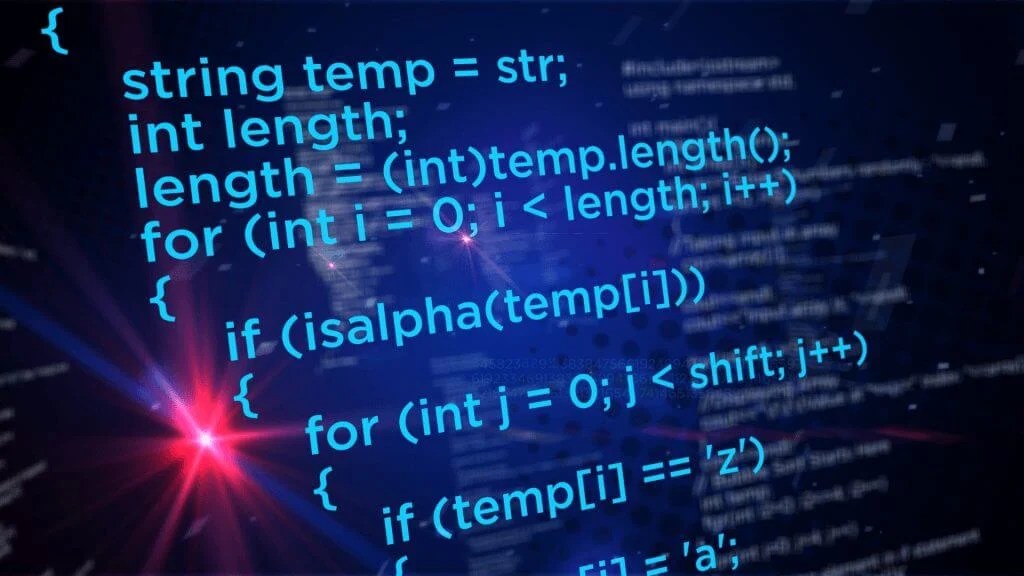Abstractive text summarization is a valuable tool in Python when working with large documents, or you quickly want to summarize data. In this article, we discuss applications of abstractive text...
![How To Implement Abstractive Text Summarization In Python [2 Ways]](https://i0.wp.com/spotintelligence.com/wp-content/uploads/2022/12/summarization.jpg?fit=1024%2C576&ssl=1)
![How To Implement Abstractive Text Summarization In Python [2 Ways]](https://i0.wp.com/spotintelligence.com/wp-content/uploads/2022/12/summarization.jpg?fit=1024%2C576&ssl=1)
Abstractive text summarization is a valuable tool in Python when working with large documents, or you quickly want to summarize data. In this article, we discuss applications of abstractive text...

This is a complete guide on utilising NLTK to build a whole preprocessing pipeline. Take the time to read through the different components so you know how to start building your pipeline. What is an...
![How To Implement Bag-Of-Words In Python [2 Ways: scikit-learn & NLTK]](https://i0.wp.com/spotintelligence.com/wp-content/uploads/2022/12/bag-of-words.jpg?fit=960%2C540&ssl=1)
In this guide, we cover how to start with the bag-of-words technique in Python. We first cover what a bag-of-words approach is and provide an example. We then cover the advantages and disadvantages...
![Text Classification: How To In Python [Best 2 Ways Machine Learning & Deep Learning]](https://i0.wp.com/spotintelligence.com/wp-content/uploads/2022/12/random-forest.jpg?fit=960%2C540&ssl=1)
Text classification is an important natural language processing (NLP) technique that allows us to turn unstructured data into structured data; many different algorithms allow you to do this, and so...

Text similarity is a really useful natural language processing (NLP) tool. It allows you to find similar pieces of text and has many real-world use cases. This article discusses text similarity, its...

What is text generation in NLP? Text generation is a subfield of natural language processing (NLP) that deals with generating text automatically. It has a wide range of applications, including...
![How To Translate Text In Python [Best 2 Ways APIs & Libraries]](https://i0.wp.com/spotintelligence.com/wp-content/uploads/2022/12/translate-python.jpg?fit=1024%2C576&ssl=1)
This guide covers how to translate text in Python. Machine translation is a prominent natural language processing (NLP) application that is not very straightforward. We start by covering what is...
![How To Implement Sentiment Analysis In Python [Best 5 Tools: TextBlob, Vader, NLTK, BERT, SpaCy]](https://i0.wp.com/spotintelligence.com/wp-content/uploads/2022/12/sentiment.jpg?fit=1024%2C576&ssl=1)
Several powerful libraries and frameworks in Python can be used for sentiment analysis. These libraries will be covered below. The code examples of using the various libraries will be covered at the...

What is topic modelling? Topic modelling is a technique used in natural language processing (NLP) to automatically identify and group similar words or phrases in a text. This lets us figure out the...

What is stemming? Stemming is the process of reducing a word to its base or root form. For example, the stem of the word "running" is "run," and the stem of the word "swimming" is "swim." Stemming...
![How To Implement Keyword Extraction [3 Ways In Python With NLTK, SpaCy & BERT]](https://i0.wp.com/spotintelligence.com/wp-content/uploads/2022/12/POS-tagging.jpg?fit=960%2C540&ssl=1)
What is Keyword extraction? Keyword extraction is figuring out which words and phrases in a piece of text are the most important. These keywords can be used to summarise the content of the text. A...

What is stop word removal? Stop words are commonly used words that have very little meaning, such as "a," "an," "the," or "in." Stopwords are typically excluded from natural language processing...
![How To Implement Lemmatization In Python [SpaCy, NLTK & Gensim]](https://i0.wp.com/spotintelligence.com/wp-content/uploads/2022/12/keywords.jpg?fit=960%2C540&ssl=1)
Lemmatization is the conversion of a word to its base form or lemma. This differs from stemming, which takes a word down to its root form by removing its prefixes and suffixes. Lemmatization, on the...

Tokenization is a process in natural language processing (NLP) where a piece of text is split into smaller units called tokens. This is important for a lot of NLP tasks because it lets the model...

What is Named Entity Recognition (NER)? Named entity recognition (NER) is a part of natural language processing (NLP) that involves finding and classifying named entities in text. Named entities are...

Tf-idf is a way to measure the importance of a word. It is one of the ten most commonly used natural language processing techniques. This comprehensive guide covers tf-idf, why you should use it,...

Get a FREE PDF with expert predictions for 2025. How will natural language processing (NLP) impact businesses? What can we expect from the state-of-the-art models?
Find out this and more by subscribing* to our NLP newsletter.